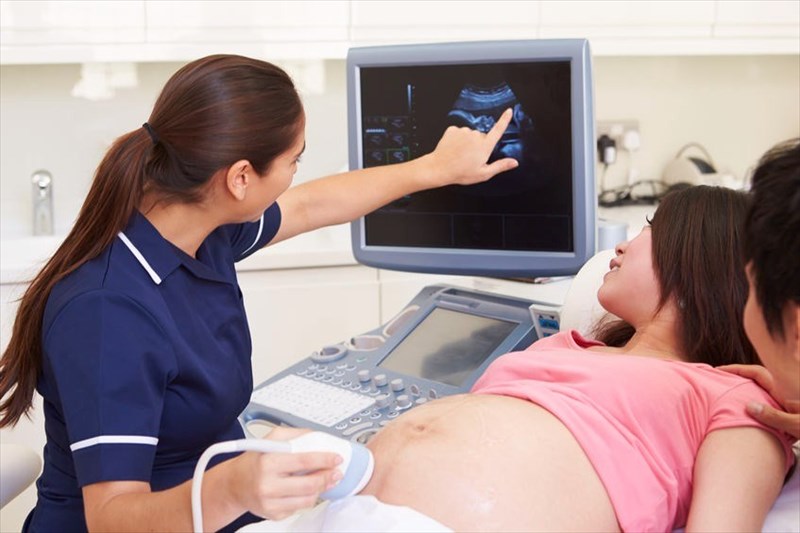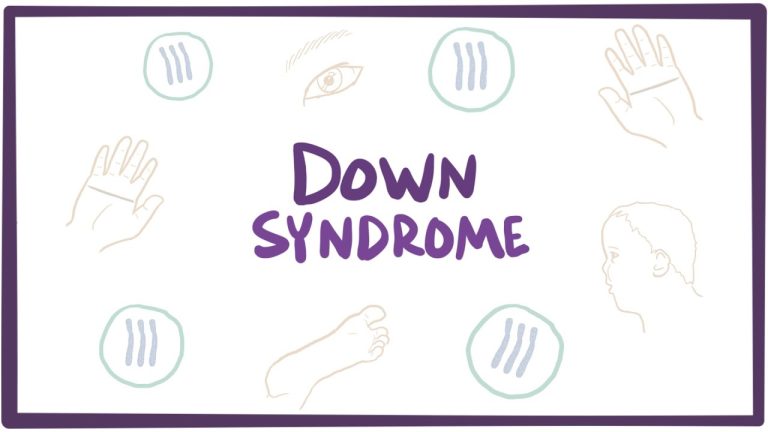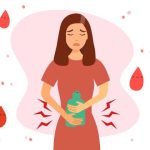Introduction
A lot of people, especially pregnant women, may be curious about a number of aspects of an unborn child’s growth and health. One disease that may have drawn one’s attention is Down syndrome. Down syndrome will be explained clearly in this article, covering its definition, causes, types, clinical manifestations, available treatments, and information on its prevention.
What is Down Syndrome
Down syndrome, also known as trisomy 21, is a congenital abnormality characterised by the presence of an extra copy of chromosome 21. Chromosomes are tiny “packages” in the body that contain genes, which determine how a baby’s body forms and functions as it develops in the womb and after birth. Typically, individuals are born with 46 chromosomes, but people with Down syndrome have an additional copy of chromosome 21, resulting in a total of 47 chromosomes Humans usually have 23 pairs of chromosomes, but those with Down syndrome have three copies of chromosome 21, which has an impact on how they develop physically and mentally.
People with Down syndrome usually have an IQ (a measure of intelligence) in the mildly-to-moderately low range and are slower to speak than other children.
Causes and Risk Factors
The primary cause of Down syndrome is the presence of an extra copy of chromosome 21. This additional genetic material occurs due to an error in cell division during the early development of the baby. The specific reason for this error is not fully understood, but it is not related to anything the parents did or didn’t do before or during pregnancy.
Down syndrome can affect anyone, regardless of their racial, cultural, or economic background.
The mother’s age is one factor that raises the chance of having a baby with Down syndrome. Women who are 35 years of age or older are more likely to experience a Down syndrome-affected pregnancy compared to women who become pregnant at a younger age.
Types of Down Syndrome
There are three main types of Down syndrome:
- Trisomy 21 (nondisjunction): This is the most common type, accounting for about 95% of Down syndrome cases. With trisomy 21, each cell in the body has three separate copies of chromosome 21.
- Translocation: In this type, a part of chromosome 21 attaches to another chromosome, usually chromosome 14. The total number of chromosomes remains 46, but the extra piece of chromosome 21 can still cause the characteristics of Down syndrome.
- Mosaic Down syndrome: In mosaic Down syndrome, only some cells have an extra copy of chromosome 21. This type accounts for a small percentage of cases, and individuals may have milder symptoms.
Clinical Signs and Symptoms
- Different mental and physical characteristics can result from having Down syndrome.
- Upward-slanting eyes
- A small nose, a small mouth with a protruding tongue
- A single line (crease) across the palm
- A flattened face, especially the bridge of the nose
- A short neck
- Small ears
- Tiny white spots on the iris (coloured part) of the eye
- Small hands and feet
- Small pinky fingers that sometimes curve towards the thumb
- Poor muscle tone or loose joints
- Shorter in height
Physical, cognitive, and social development are frequently delayed in people with Down syndrome. The severity of these traits can vary from person to person with Down syndrome, so it’s important to keep this in mind.
Diagnosis


During pregnancy, there are two types of tests to check for Down syndrome: screening tests and diagnostic tests. Screening tests give an idea of the chance of having Down syndrome but don’t provide a definite diagnosis. They are safer for the mother and the baby. Diagnostic tests can give a more definite answer about whether the baby has Down syndrome, but they carry more risks. Neither test can tell how Down syndrome will affect the baby.
1. Screening tests: These usually involve a blood test and an ultrasound. The blood test measures substances in the mother’s blood, while the ultrasound creates an image of the baby. The ultrasound checks for extra fluid behind the baby’s neck, which could indicate a genetic problem. These tests help estimate the baby’s risk of Down syndrome. Sometimes, the screening tests give abnormal results even when the baby is healthy, or they can miss a problem that does exist.
2. Diagnostic tests are done if the screening test shows a positive result. They confirm whether the baby has Down syndrome. The diagnostic tests include chorionic villus sampling (CVS), which examines material from the placenta; amniocentesis, which examines the amniotic fluid; and percutaneous umbilical blood sampling (PUBS), which examines blood from the umbilical cord. These tests look for changes in the chromosomes that indicate Down syndrome.
Treatment Options
Down syndrome is a chronic illness. Early intervention services can frequently help babies and young children with Down syndrome develop their physical and intellectual capacities. The majority of these services are geared towards promoting the full development of children with Down syndrome. These services include speech, occupational, and physical therapy. Children with Down syndrome may require additional assistance or attention in school.




